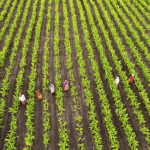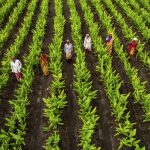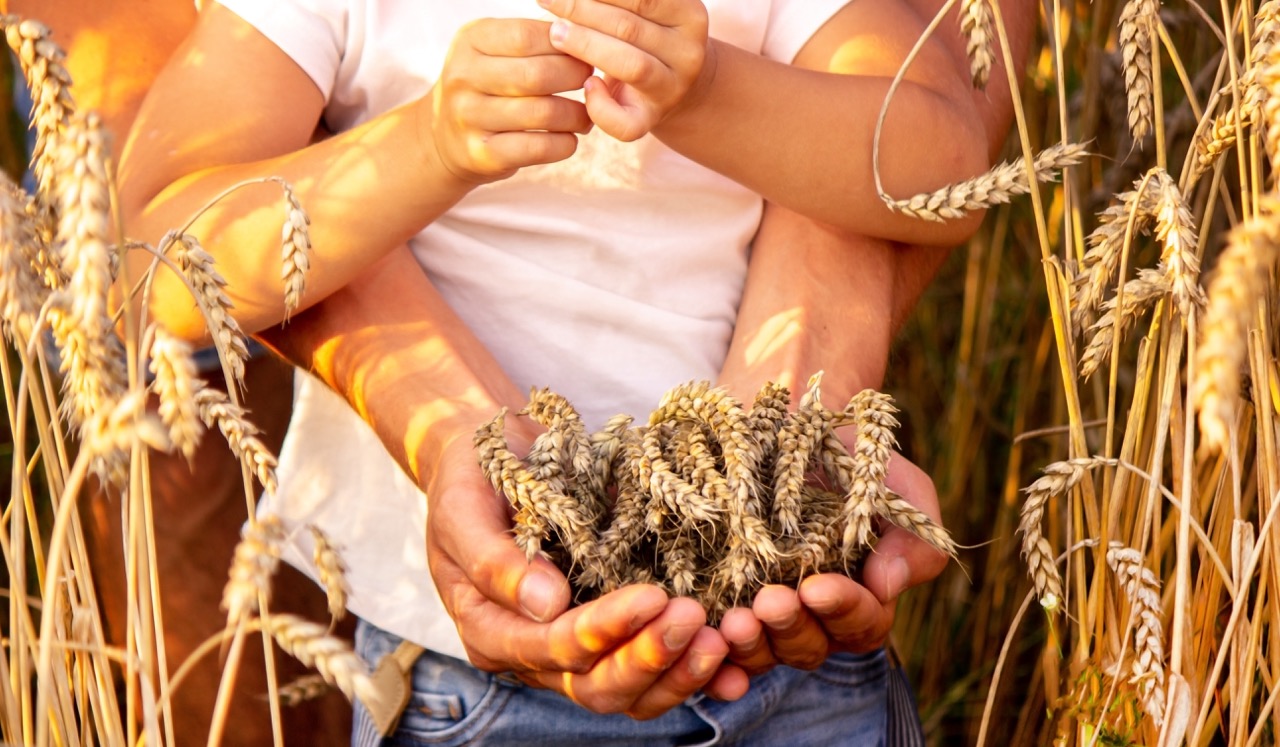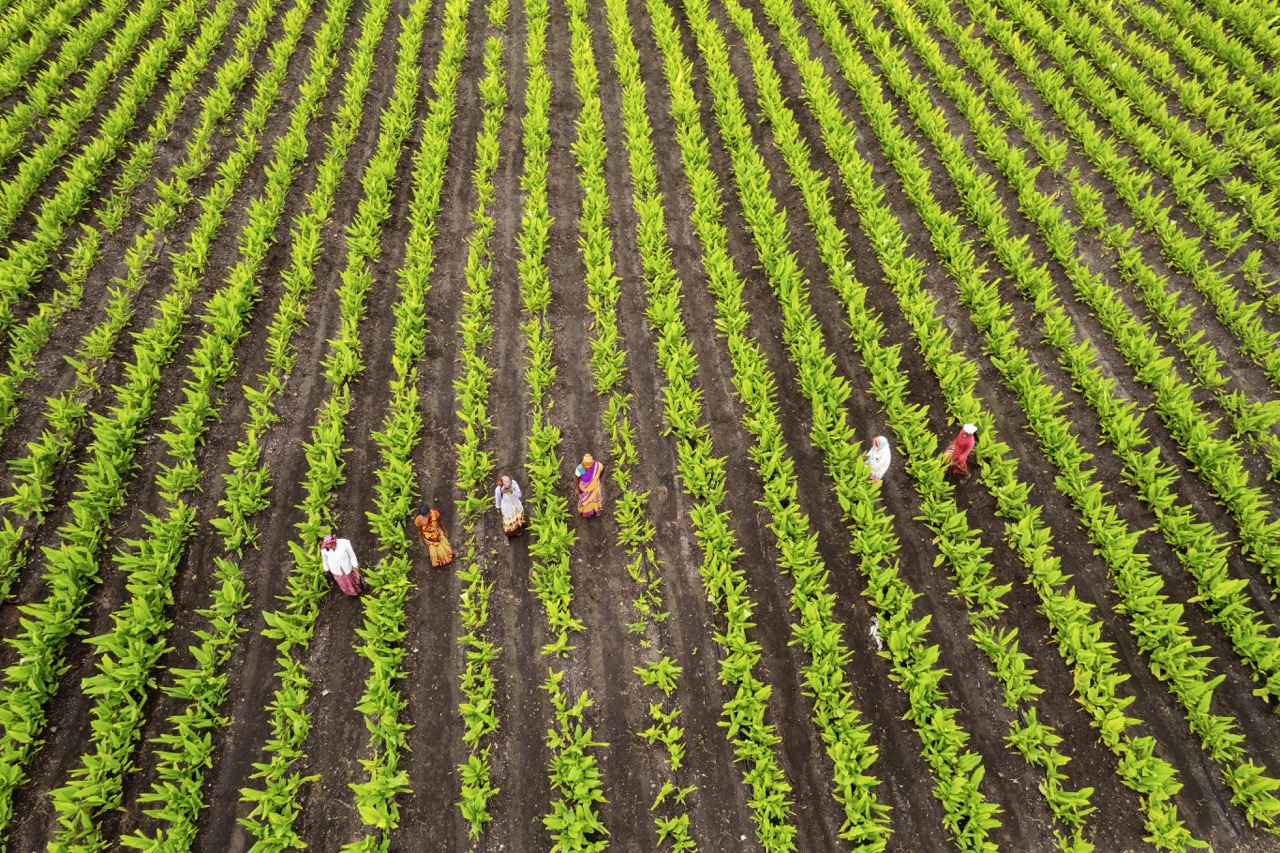In the quest for sustainable agricultural practices, sharecropping presents a unique opportunity to promote agroforestry—an essential system that integrates trees and shrubs into farming landscapes. Sharecropping, a traditional agricultural practice where landowners and farmers share the risks and rewards of farming, can be adapted to support agroforestry initiatives. As environmental concerns rise, integrating trees into agricultural systems can offer ecological benefits while improving livelihoods. This article explores how sharecropping can be effectively utilized to foster agroforestry practices, the advantages of such integration, and successful case studies demonstrating its potential.
Understanding Sharecropping: A Sustainable Farming Model
Sharecropping has deep historical roots, often characterized by a partnership between landowners and tenants who cultivate land in exchange for a portion of the crop. This model has evolved, reflecting a more sustainable agricultural approach that emphasizes shared responsibility and resource management. By redistributing the economic benefits of farming, sharecropping can mitigate the financial burdens often faced by smallholder farmers, ensuring their livelihood is more secure.
In the context of modern agriculture, sharecropping can serve as a vehicle for innovation, particularly when aligned with sustainability goals. Landowners can introduce agroforestry practices as part of the sharecropping agreement, allowing tenants to cultivate crops alongside trees and shrubs. This not only diversifies the farming system but also improves soil health and increases biodiversity, factors essential for long-term agricultural viability.
Moreover, the sharecropping model encourages community involvement and knowledge sharing. Landowners and farmers can collaborate to adopt agroforestry practices tailored to local conditions, thus fostering a sense of ownership and stewardship over the land. By incorporating agroforestry into this model, the potential for education and environmental awareness expands, empowering farmers to become advocates for sustainable practices.
The Benefits of Integrating Agroforestry in Sharecropping
Integrating agroforestry into sharecropping systems offers numerous ecological and economic benefits. Firstly, the presence of trees enhances soil health by preventing erosion, improving nutrient cycling, and increasing moisture retention. These factors contribute to more resilient agricultural systems, which can withstand extreme weather events—a growing concern in the face of climate change.
Economically, agroforestry can diversify income streams for sharecroppers. By cultivating multiple crops and integrating timber and fruit trees, farmers can access various markets, reducing their vulnerability to price fluctuations in a single crop. This diversification not only stabilizes income but also enhances food security for communities dependent on agriculture.
Additionally, agroforestry promotes carbon sequestration, helping to mitigate climate change. Trees absorb carbon dioxide, offering an environmental service that benefits society at large. Landowners who encourage agroforestry practices among their sharecroppers can market their land as more eco-friendly, appealing to environmentally conscious consumers and potentially accessing premium prices for sustainably produced goods.
Strategies for Implementing Agroforestry in Sharecropping
Successful integration of agroforestry into sharecropping requires strategic planning and collaboration. First, establishing clear agreements between landowners and sharecroppers is essential. These agreements should outline the responsibilities, benefits, and expectations of both parties regarding agroforestry practices, ensuring that all stakeholders are on the same page.
Training and education play a crucial role in this process. Providing workshops and resources on agroforestry techniques can equip sharecroppers with the knowledge they need to effectively manage trees alongside their crops. This could include information on tree species selection, planting techniques, and pest management strategies that accommodate both crops and trees, ultimately fostering a more knowledgeable and skilled farming community.
Lastly, monitoring and evaluation systems should be put in place to assess the effectiveness of agroforestry practices within sharecropping systems. Collecting data on yields, soil health, and financial returns will help both landowners and sharecroppers understand the impact of their practices, allowing for adjustments and improvements over time. This iterative process not only strengthens partnerships but also enhances the overall sustainability of the agricultural system.
Case Studies: Successful Agroforestry Sharecropping Initiatives
Several successful initiatives worldwide showcase the potential of integrating agroforestry into sharecropping. One notable example is the "Agroforestry for Sustainable Development" project in West Africa, where smallholder farmers were encouraged to cultivate nitrogen-fixing trees alongside staple crops. This initiative not only improved soil fertility but also increased yields, demonstrating the tangible benefits of agroforestry practices in enhancing food security.
In Brazil, a sharecropping program implemented agroforestry systems within coffee plantations. Farmers shared the profits from both coffee and additional crops grown amongst the trees, such as fruits and nuts. This diversification resulted in increased resilience against coffee price volatility and improved overall profitability, showcasing how agroforestry can provide economic stability for sharecroppers.
Another inspiring case comes from India, where farmers involved in a government-supported sharecropping scheme integrated timber and fruit trees into their cotton and vegetable production. The initiative not only improved biodiversity but also provided a reliable source of timber and fruits for the families involved. The approach emphasized community collaboration, resulting in shared knowledge and collective prosperity, proving that agroforestry can thrive within a sharecropping framework.
The integration of agroforestry into sharecropping systems presents a transformative opportunity for sustainable agriculture. By embracing this approach, landowners and sharecroppers can work together to create more resilient, environmentally friendly farming practices that enhance both economic stability and ecological health. The successes seen in various case studies underscore the potential impact of this model, inspiring further exploration and implementation across diverse agricultural landscapes. As we face the challenges of climate change and food insecurity, leveraging sharecropping to promote agroforestry could be a key strategy in building a sustainable agricultural future.










